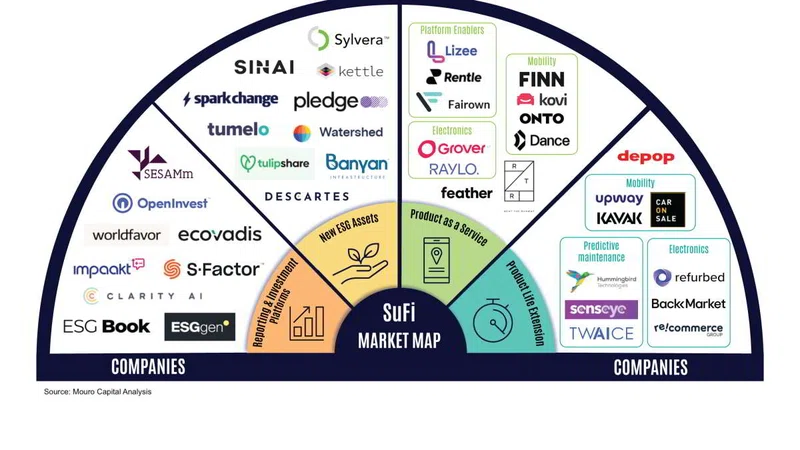India, Gurugram: Prolonged lockdowns and economic uncertainty brought on by the COVID-19 Pandemic made it imperative for people to diversify their sources of income. This lack of clarity on one’s financial future is a key reason that has led to a growth in the number of retail investors, according to a report by Benori Knowledge, a new-age provider of custom research and analytic solutions. Results from the report revealed that over 81% of digital investors started their investment journey in the last 3 years. These findings emerged from a Benori Knowledge survey with 1,000+ digital investors, conducted to gain a better understanding of usage patterns, preferences and trading activities on online investment platforms.
Backed by India’s fintech boom, the digital investment market is set to be worth $14.3 billion by 2025, growing from $6.4 billion in 2021 at a 5-year CAGR of 22.4%. Investors are flocking to digital platforms because they find them convenient to use and they offer them a wider range of options. According to the Benori research, many members of the younger generations are actually beginning their wealth management journey through digital platforms, with 93% of users falling into the Millennial segment.
The younger crowd that these platforms attract are also increasingly diverse. It is apparent that they are boosting female presence in the investment community, with women making up almost 40% of digital investment platform users. However in terms of geographic dispersion, the investment space remains clustered amongst highly urbanised areas, with over 60% of users coming from Tier 1 cities.
The rise in digital wealth management platforms can be attributed to users getting a higher return on their investments. 72% state that accruing higher gains is their primary objective for investing digitally. On top of that, 42% invest to attain their financial goals that include building savings for retirement (51%) and reducing taxable income (25%). While Mutual funds emerged as the most popular option for online investors, accounting for 62% of their trading activities, interest in stock trading is beginning to catch up, with half of users (51%) participating in public markets.
Despite the rise of digital investment solutions, investor awareness is mostly guided offline, with 36% of users consulting friends and family and 17% turning to a financial advisor. Other sources that people rely on for investment related information include digital avenues like financial websites and social media (32%), while only 14% rely on traditional media (newspapers, TV and radio).
Digital investment spaces are set to continue retaining and growing their number of users, claiming a high satisfaction rate of 87%. What is spurring gratification with these platforms is the perceived higher returns they offer, accounting for 53% of user satisfaction. Investors are also pleased with their ease-of-use and operation (68%) and their quick and convenient KYC process (59%), which overcomes bureaucratic delays. When considering the benefits of investing online as opposed to the traditional way, users highlighted convenience (72%), access to a larger range of products (55%) and lower brokerage fees (47%).
However, digital investment platforms do come with some limitations as well. It is not yet clear how they operate in terms of data security. Those who were only moderately satisfied (9%) with their platforms pointed out privacy issues (60%), lack of relevant information (58%) and unreliability (41%) as causes for concern.
Commenting on the results, Ashish Gupta, the Co-founder and CEO of Benori, said, “The digital investment landscape has continuously evolved with the advancements in technology to provide customers with simple yet sophisticated investment processes that offer a variety of investing options. These new age wealth management platforms have greater appeal amongst millennials, who are now increasingly participating in capital markets. With an increase in the number of younger investors relying on digital avenues to grow their wealth, financial institutions will have to come up with more user-friendly technologies to encourage digital investment.”











